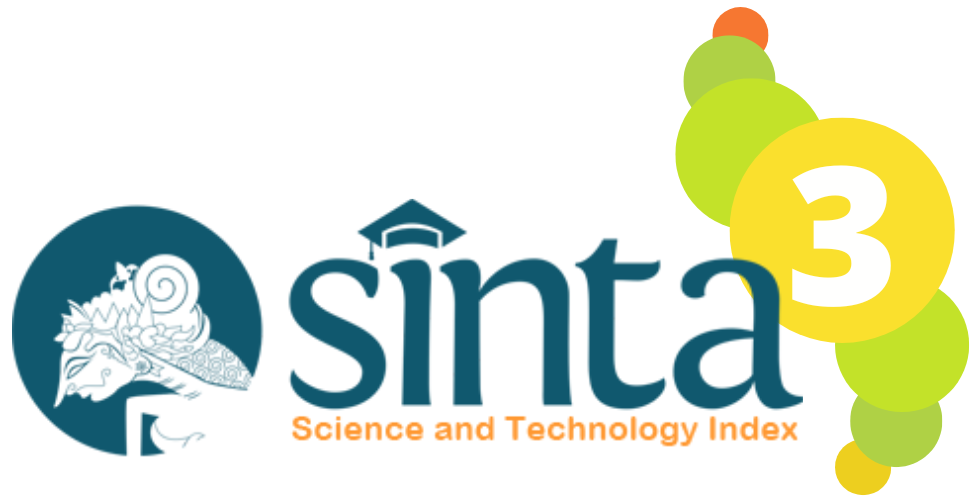STABILISASI TANAH LEMPUNG MENGGUNAKAN CAMPURAN LIMBAH ABU SEKAM PADI DAN PASIR DENGAN METODE PEMADATAN LABORATORIUM
DOI:
https://doi.org/10.21831/inersia.v13i1.14600Abstract
ABSTRACT
Soil is a basic layer of building construction as well as material embankment, for example on a road construction work. But not all soil types can be directly used as construction materials, since naturally the soil has limited physical properties and mechanical properties. It is necessary to make improvements on clay soil. This research used experimental method. The test specimens was made as many as 24 samples, 8 specimens for Swelling test, 8 for CBR test and 8 for Consolidation test. Variation of mixture for each specimen are 1% rice husk ash + 10% sand; 1.5% rice husk ash + 15% sand and 2% rice husk ash + 20% sand. The physical and mechanical tests performed include: Atterberg Limit test, Compaction test, CBR Laboratory test, Swelling test and Consolidation test The results of this research showed that the original Swelling of the soil value is 1.93%, then on soil with a mixture of rice husk ash 2% + 20% sand is 0.67%. The CBR test results original soil is 17.82%, the value of maximum occurs on the soil of CBR with a mixture of rice husk ash 2% + 20% sand 26.06%. consolidated test produces maximum value Cc, Cr and Cv on original soil. While the minimum value of Cc, Cr and Cv occurring in the soil on mixture of rice husk ash 2% + 20% sand. The value of Cc from 0.2109 to 0.1028; the value of Cr from 0.0299 to 0.0121; then for the value of Cv 10.1993 cm2/min to 1.8032 cm2/min. it can be conclude that, rice husk ash and sand as a mixture of clay soil can increase soil bearing capacity, reduce the decreasing of soil layer and the potential of soil swell.
Keywords: CBR, Consolidation, Rice husk Ash and sands, Swelling.
ABSTRAK
Tanah merupakan lapisan dasar konstruksi bangunan maupun sebagai material timbunan, sebagai contoh pada pekerjaan konstruksi jalan. Namun tidak semua jenis tanah dapat secara langsung digunakan sebagai material konstruksi, karena secara alamiah tanah memiliki sifat-sifat fisis dan sifat mekanis yang terbatas. Maka perlu dilakukan usaha perbaikan pada tanah lempung.Metode yang dilakukan pada penelitian ini adalah dengan metode eksperimen. Benda uji dibuat sebanyak 24 sampel yaitu 8 benda uji untuk pengujian Swelling, 8 pengujian CBR dan 8 pengujian Konsolidasi. Variasi campuran untuk setiap benda uji yaitu 1% abu sekam padi + 10% pasir, 1,5% abu sekam padi + 15% pasir dan 2% abu sekam padi + 20% pasir. Uji fisis dan mekanis yang dilakukan meliputi: uji Atterberg Limit, Pemadatan, CBR Laboratorium, Swelling dan Konsolidasi. Hasil dari penelitian menunjukkan bahwa nilai Swelling tanah asli yaitu 1,93%, kemudian pada tanah dengan campuran 2% abu sekam padi + 20% pasir yaitu 0,67%. Hasil uji CBR tanah asli yaitu 17,82%, nilai CBR maksimal terjadi pada tanah dengan campuran 2% abu sekam padi + 20% pasir yaitu 26,06%. Dari uji Konsolidasi menghasilkan nilai Cc, Cr dan Cv terbesar pada tanah kondisi asli. Sedangkan nilai Cc, Cr dan Cv terkecil terjadi pada tanah dengan campuran 2% abu sekam padi + 20% pasir. Nilai Cc dari 0,2109 menjadi 0,1028; nilai Cr dari 0,0299 menjadi 0,0121; kemudian untuk nilai Cv dari 10,1993 cm2/menit menjadi 1,8032 cm2/menit. Sehingga dapat disimpulkan bahwa, abu sekam padi dan pasir sebagai bahan campuran tanah lempung dapat meningkatkan daya dukung tanah, memperkecil penurunan lapisan tanah dan potensi pengembangan tanah.
Kata Kunci: CBR, Konsolidasi, Limbah abu sekam padi dan pasir, Swelling.Downloads
Published
How to Cite
Issue
Section
License
Authors who publish with INERSIA journal agree to the following terms:
- Authors retain copyright and grant the INERSIA journal right of first publication with the work simultaneously licensed under Creative Commons Attribution License (CC BY 4.0) that allows others to share the work with an acknowledgment of the work's authorship and initial publication in this journal.
- Authors can enter into separate, additional contractual arrangements for the non-exclusive distribution of the published version of the work (e.g., post it to an institutional repository or edit it in a book), with an acknowledgment of its initial publication in this journal.
- Authors are permitted and encouraged to post their work online (e.g., in institutional repositories or on their website) before and during the submission process, as it can lead to productive exchanges, as well as earlier and greater citation of published work.

INERSIA by https://journal.uny.ac.id/index.php/inersia was distributed under a Creative Commons Attribution 4.0 International License










